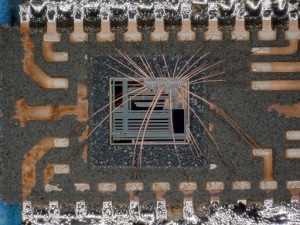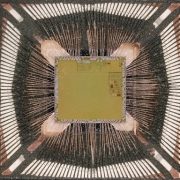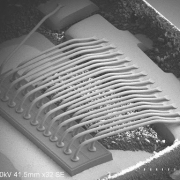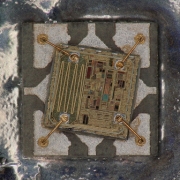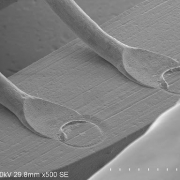Acid Decap of PEMs
Acid decapsulation of electronic components is a necessary step to expose the internal construction attributes of a device for inspection and additional testing.
Decapsulation of plastic encapsulated microcircuits (PEMs) requires expertise and methods suitable for removal of the component encapsulant without damaging the internal construction features that may vary by design.
Dry nitric acid is commonly used to dissolve epoxy mold compounds (EMC) leaving gold and aluminum surfaces intact.
Specialized EMCs designed for high-temperature applications can have different epoxy matrix formulations and filler materials that may require the use of sulfuric acid instead of nitric acid or a combination of the two acids to dissolve and remove the plastic from the surface of the die and bond wires.
EMC’s thickness, particle filler density and binder formulation may require longer exposure times thereby increasing the possibility of damage, especially to non-gold bond wires i.e. aluminum, silver and copper that can be quickly degraded by acid etching.
Laser ablation decapsulation is a controlled method that can be used prior to acid etching decapsulation reducing the amount of acid and the length of time required to effectively remove EMCs.

